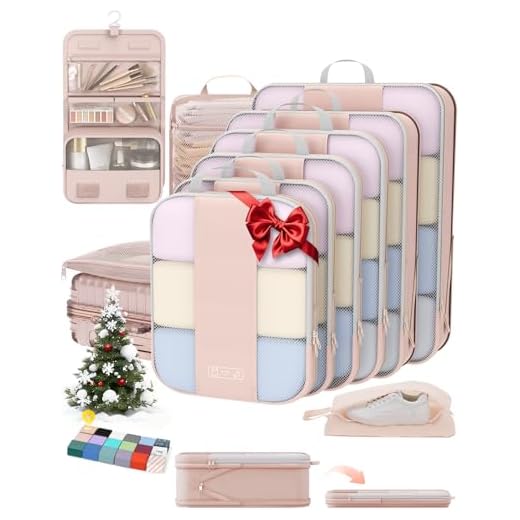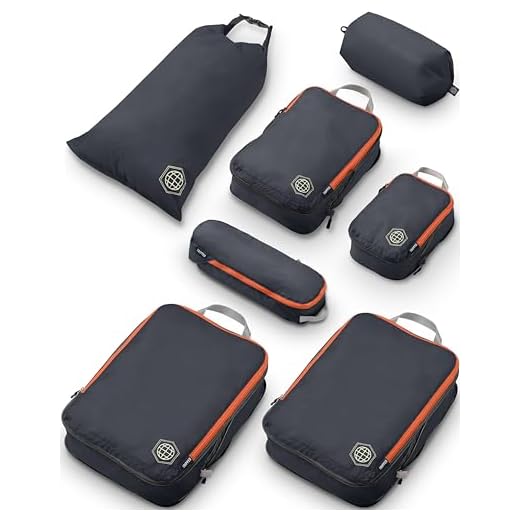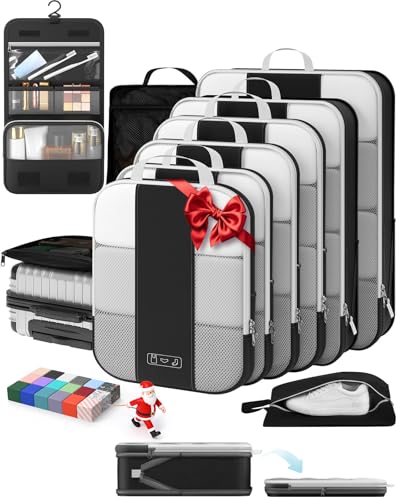



Prioritize lightweight, functional items that serve multiple purposes. Opt for a slim laptop sleeve that provides protection without bulk. Choose versatile clothing that can be layered, allowing you to adjust to varying climates effortlessly. Packing cubes can maintain organization while maximizing space.
Include a compact toiletries kit with only the necessities–travel-sized containers will save room. A reusable water bottle stands out as another smart addition, keeping you hydrated without unnecessary waste. Don’t forget to pack a portable charger to keep your devices powered throughout the day.
Incorporate a small first-aid kit, complete with bandages and basic medications. A travel blanket or scarf can double as an extra layer for warmth or comfort during colder moments. Lastly, designate a specific pocket or compartment for quick access to important documents and essentials, ensuring everything remains orderly.
Packing Strategy for Your Shoulder Carrier
Begin with your heaviest items at the bottom to maintain balance, ensuring stability while in motion. Place electronics such as laptops or tablets first, followed by their power cords, which can be stored in small pouches to minimize tangling.
Organizing Accessories
Utilize compartments to separate various categories of items. Travel-sized toiletries, chargers, and personal items should be grouped to enhance accessibility. Consider using packing cubes for clothes; they optimize space and allow quick retrieval.
Maximize Space
Utilize every inch efficiently. Roll clothing instead of folding; this technique saves space and reduces wrinkles. Slip smaller items like socks or underwear into shoes, using them as containers to conserve room. Ensure that frequently needed essentials, such as a water bottle or snacks, are easily reachable at the top or in external pockets.
Choosing the Right Size Messenger Bag
Select a carrying case with dimensions that suit your specific needs. Measure the items to transport, such as laptops, books, or travel gear. Consider the dimensions of your devices to ensure a snug fit without excessive space, which can lead to shifting while on the go.
Dimensions Guide
Below is a general guideline for choosing appropriate sizes based on item requirements:
| Item Type | Recommended Size |
|---|---|
| Laptop (up to 15 inches) | 15-17 inches wide |
| Books | 12-14 inches wide |
| Clothing (for a weekend) | 15-18 inches wide |
| Daily Essentials | 10-12 inches wide |
Consider Capacity
Assess the overall capacity in liters to match your load requirements. A 15-20 liter bag suits daily essentials, while 20-30 liters accommodates a short trip. Ensure the design includes compartments for organizing contents, facilitating easy access to smaller items like chargers or personal items.
Organizing Your Travel Essentials
Place frequently accessed items, such as travel documents, snacks, and your phone, in external pockets. This setup allows for easy retrieval without rummaging through the main compartment.
Utilize packing cubes or small pouches to categorize your belongings. Allocate specific containers for toiletries, chargers, and clothes. This organization simplifies finding items and keeps everything compartmentalized.
Prioritize lightweight and multipurpose gear. Choose a small towel that dries quickly, wear shoes suitable for multiple occasions, and bring clothing items that match easily to minimize bulk.
Arrange heavier items, like books or a laptop, closest to your body to maintain balance and comfort. Keep lighter accessories, such as a jacket or scarf, at the top or in outer pockets.
Before departing, do a final check for necessary items such as travel insurance, emergency contacts, and an itinerary. Having these documents readily accessible can prevent last-minute stress.
Maximizing Space with Packing Techniques
Utilize compression bags to reduce bulk. Store clothes in these bags and squeeze out the air to create a more compact shape. This method frees up significant space for other items.
Roll clothing instead of folding. Rolling minimizes creases and allows for tighter stacking, fitting snugly into corners or gaps within your carryall.
Employ the pouch system. Use small pouches to categorize items such as toiletries, chargers, and electronics. This tactic not only organizes but also makes retrieving essentials easier.
- Fill shoes with small items like socks or charging cables to utilize every available inch.
- Place heavier items closer to the bottom to maintain stability and distribute weight evenly.
- Adopt a layering approach with quick-access items on top – snacks, travel documents, or a portable charger.
Consider utilizing the outer pockets for items you may need on the go, like a water bottle or umbrella. This avoids digging into the main compartment frequently.
Check your packing list against the permitted items on airlines to avoid excess baggage fees. Always be aware of the regulations regarding luggage dimensions and weight.
After maximizing your carryall, if there are any damages or wear and tear during trips, it’s wise to know reliable services. Check out the best luggage repair san francisco for maintenance options.
Securing Your Valuables and Electronics
Invest in a quality lock or latch to safeguard your electronic devices and prized possessions. Many modern carriers offer compartments that allow security systems or RFIDs for enhanced protection.
Optimal Organization Techniques
- Utilize padded sleeves or cases for gadgets such as laptops and tablets to prevent damage.
- Store valuables in inner pockets, keeping them discreet and hard to access for potential thieves.
- Consider using packing cubes with zippers; they add an additional layer of security for important documents.
Managing Small Items
- Employ a small pouch for chargers, cables, and other accessories. This reduces clutter and keeps items organized.
- Use waterproof bags for sensitive documents like passports and travel tickets, protecting them from spills.
- Place items like wallets and phones in less accessible pockets to deter theft during busy transit times.
While ensuring safety, don’t overlook personal comfort. An adjustable padded strap contributes significantly to ease of carrying. For a delightful pairing with your refreshments post-travel, consider a dry red wine from a region of spain.
Accessing Items on the Go
Prioritize the placement of frequently used items in easily accessible compartments. Keep essentials like your passport, wallet, and phone in outer pockets or on top for quick retrieval. Consider using a small pouch or organizer for items like headphones or chargers, allowing swift access without rummaging through larger contents.
Utilize side pockets for beverages or snacks, ensuring hydration and energy are readily available. If your shoulder carrier includes additional straps or hooks, secure your keys there to prevent hunting them down when in a rush.
Employ a checklist for your most needed items before departure. This strategy minimizes delays caused by searching, enabling smooth transitions between locations or activities. Practice retrieval of common items at home to build muscle memory, ensuring confidence in accessing them on the go.
When making quick stops, consider how you can manage the load effectively. A flip of the bag can allow access without removing it entirely. For heavier items, ensure they are positioned lower in the container to maintain stability while reaching for lighter, often-needed tools above.
Keeping Your Bag Comfortable During Travels
Select padding that provides cushioning along the shoulder strap and back area. This prevents discomfort during long hours of wear.
Weight Distribution
When filling your carry-all, position heavier items closer to your body. This keeps the weight centered and reduces strain on your shoulders and back.
Adjustable Straps
Utilize bags with adjustable straps. This allows for a customized fit, accommodating different body types and ensuring that the load feels balanced while being carried.
Incorporate a sternum or waist strap if available; these features help stabilize the load and further distribute weight across your torso.
Maintain a tidy interior. Surfaces should be flat, preventing items from shifting and causing discomfort during movement. Regular checks will keep your belongings secure.








